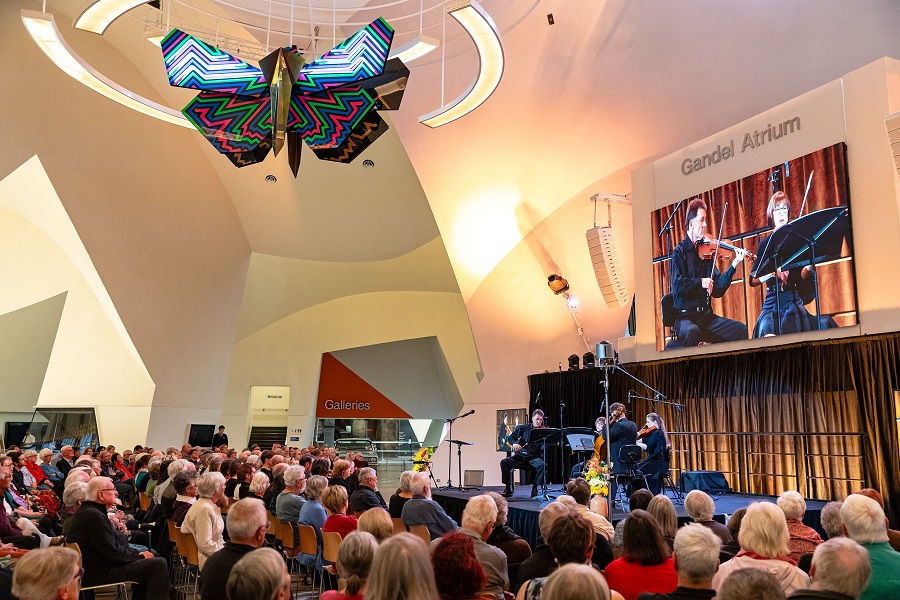
Music / Resonances: The CSO String Quartet performs the AE Smith Collection. At the Gandel Atrium, National Museum of Australia, October 9. Reviewed by SARAH BYRNE.
Part lecture, part concert, this collaboration between the Canberra Symphony Orchestra and the National Museum of Australia was an interesting and entertaining experience.
The CSO provided a quartet of first-rate musicians in Douglas Macnicol (first violin), Pip Thompson (second violin), Lucy Carrigy-Ryan (viola) and Samuel Payne (cello).
The NMA contributed a quartet of exceptional instruments from its collection – the work of pre-eminent mid-20th century Australian luthier Arthur Edward Smith – and a raft of accompanying information from a variety of speakers, including three of their conservators. The history of Smith’s oeuvre and connections with Canberra (his daughter married Ernest Llewellyn) were enhanced by screens showing photos and allowing us a better view of the physical beauty of the instruments.
The first piece (back-announced, which was disappointing as there was no program) was the lovely The Murray and the Mountain, a short work by outstanding Canberra composer Sally Greenaway. I would describe it as a kind of modern baroque in style, with a gentle, sort-of Gaelic melancholy, and beautifully performed.
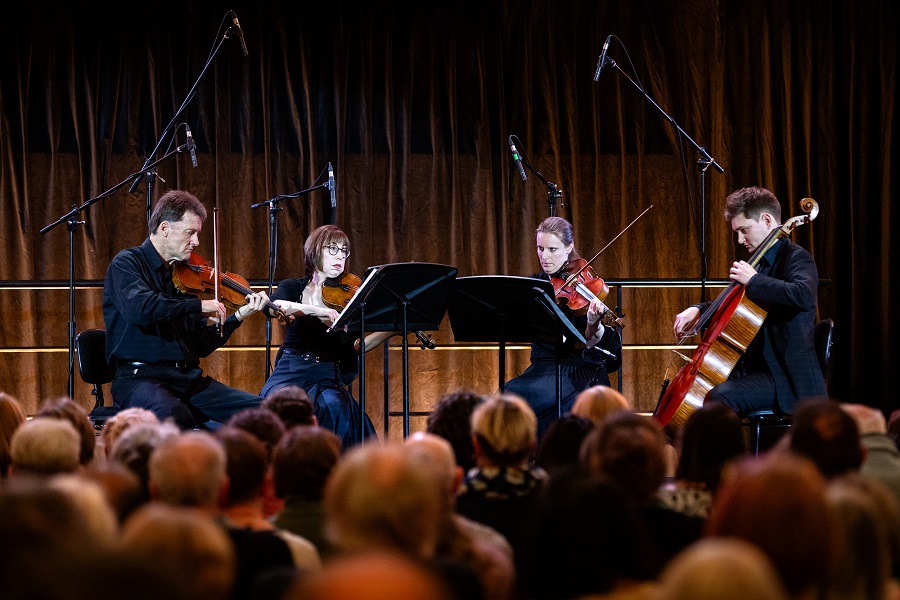
Next was the Mozart String Quartet No 17 in B flat, an always enjoyable piece, even if the Hunt Quartet nickname doesn’t make full sense – the brisk 6/8 time allegro vivace assai may evoke pursuit, but why a hunt would stop for a minuet and then a nice lie down (the equally stately adagio), before the allegro assai resumes in the final movement, I can’t quite fathom. The quartet gave us lots of colour and dynamics, and Douglas Macnicol worked hard to keep the natural brightness of his instrument on the right side of Stephen Foster.
Further introductions to the instruments themselves (from Pip Thomson, an engaging speaker) demonstrated just how impressive a feat this really was – that violin is apparently known as “Red Rooster” for both its colour and powerful tone; the second violin, mellower and gentler, is called Brown Hen. The different sizes and shapes of the instruments from the ones these musicians use daily means they are a lot of extra work to play (no part of the instrument is quite where you are used to finding it).
This information was followed by one of the most purely romantic pieces of music ever written, Borodin’s String Quartet No 2, and while we were reminded that the fourth movement (notturno) might be the best known, it’s the second movement (the scherzo) that is so gorgeous I could roll in it. Again, the musicians showed beautiful dynamic control and even if some of the audience could not refrain from clapping between movements, that is just a reflection of the beauty of the piece and the excellence of the performance.
Finally, an arrangement of Please Please Please by the Smiths capped off the evening. I’d love to tell you who the arranger was, but, again: no program. It certainly made for an eclectic program that showed the considerable range of both the instruments and the performers.
Who can be trusted?
In a world of spin and confusion, there’s never been a more important time to support independent journalism in Canberra.
If you trust our work online and want to enforce the power of independent voices, I invite you to make a small contribution.
Every dollar of support is invested back into our journalism to help keep citynews.com.au strong and free.
Thank you,
Ian Meikle, editor
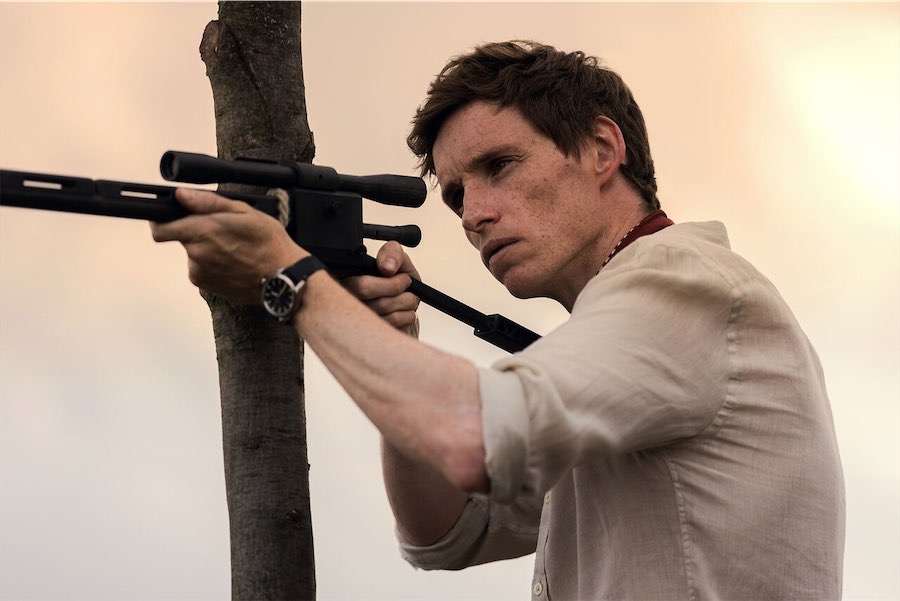
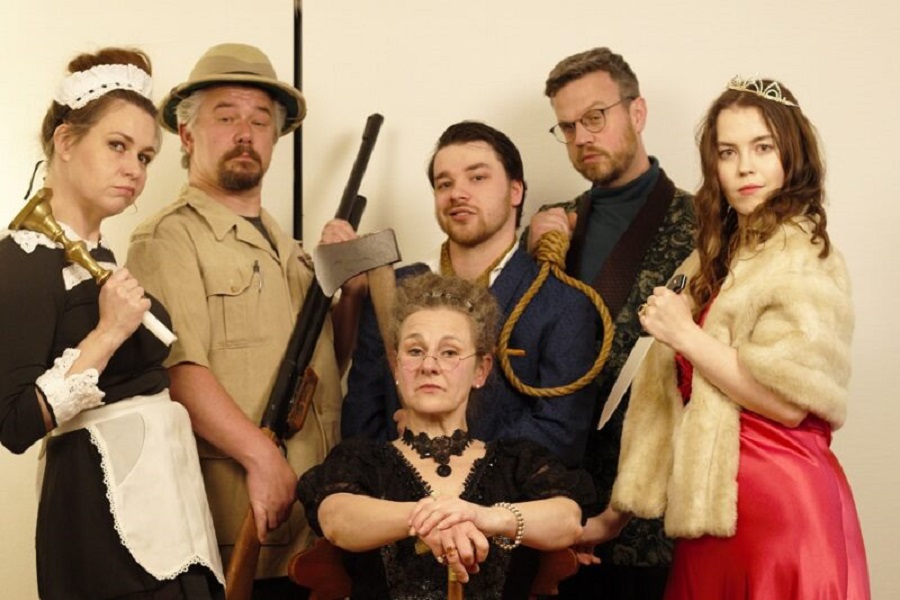
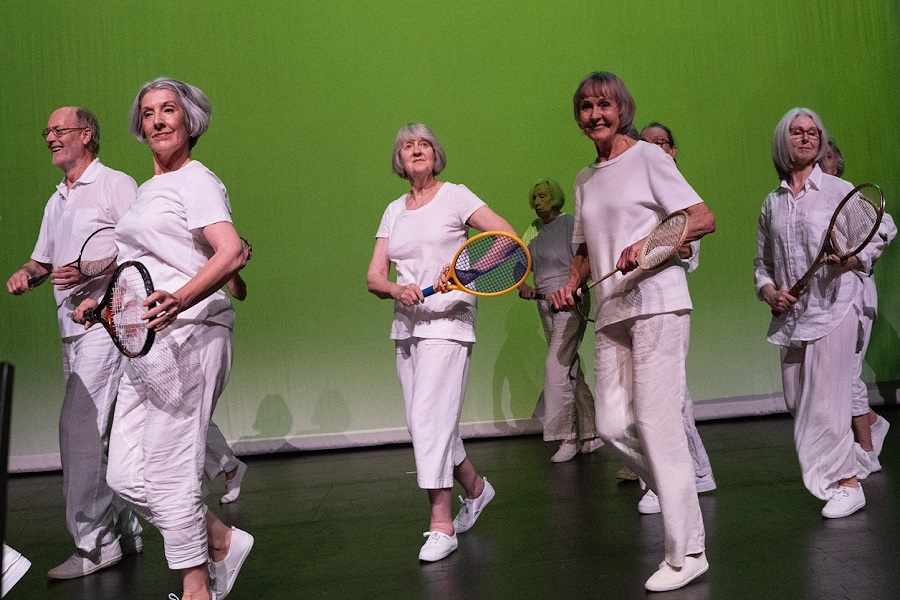

Leave a Reply